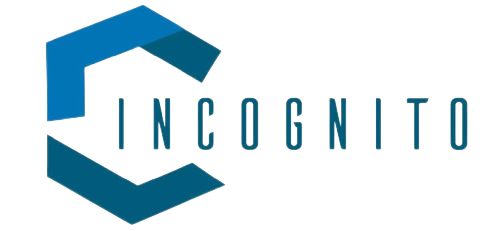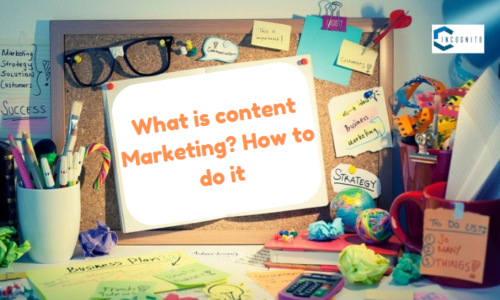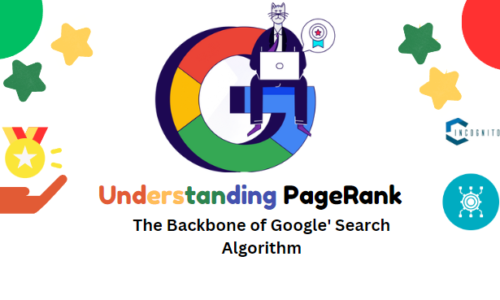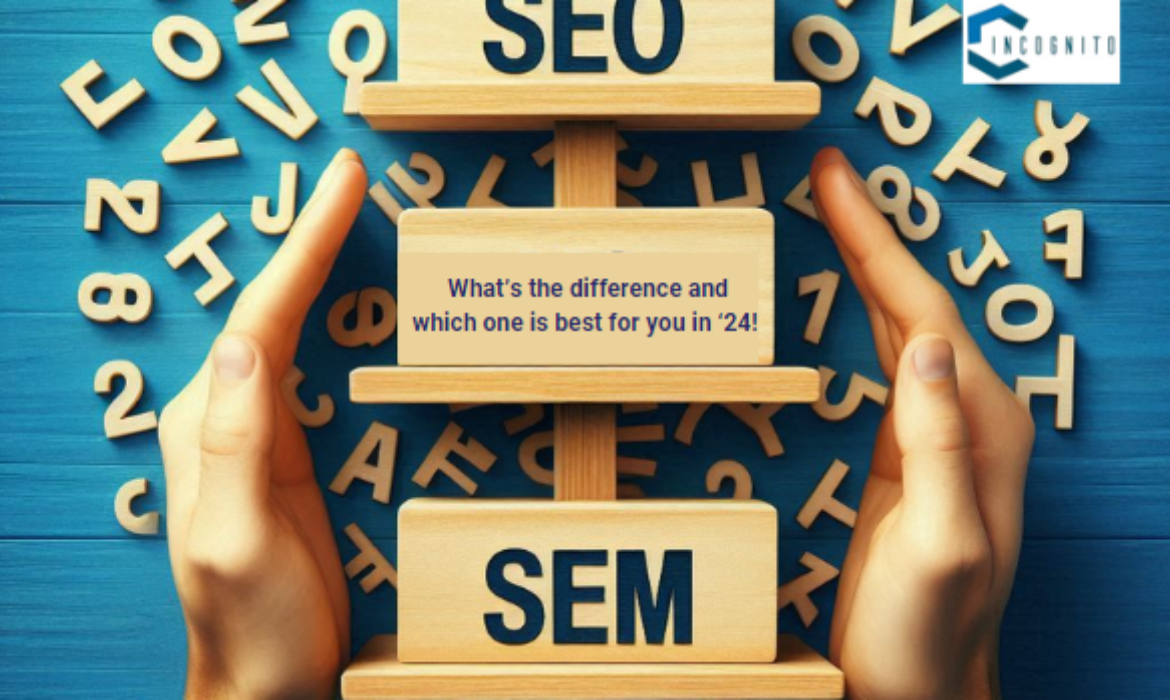
Think about if you own a colorful flower shop filled with beautiful blossoms. You want your town to be aware of your lovely bouquets and kind service. Yet, with a number of competitors nearby, how can you shine?
Here is where SEO or SEM play their role. Both are effective methods in drawing customers, differing in how they work. Within this article, we’ll simplify the contrast between SEO and SEM, delve into each one’s advantages, and assist you in choosing the right path for your floral enterprise (or any business!) in the forthcoming year of 2024.

SEO or SEM
Let’s start with the basics of SEO and SEM.
“SEO” is just shorthand for Search Engine Optimization. Picture your own little flower shop, tucked away. Getting found easily is key for your business. SEO helps your internet visibility. So, when people look up “locals selling flowers” or “romantic flower bouquets”, voila! Your name appears among the top in Google or other search engine results. It’s all about organic visibility – luring in clients without spending for ads directly.
Think of SEM, or Search Engine Marketing, as buying a billboard on a crowded road pointing people to your store. SEM involves creating paid ads that pop up at the head of search engine result pages (SERPs). These advertisements usually show a “Sponsored” tag, hinting they’re paid content.
To put it simply, SEO is getting noticed organically, while SEM is about paying money to be spotted.

What is PPC?
Before diving into the details of SEO or SEM, know about PPC. What is PPC?
Let’s shed a little light on SEO and SEM perks. But, first thing’s first. Let’s learn a big term linked to SEM: PPC, shorthand for Pay-Per-Click. It’s like the fuel to the SEM engine.
Picture being back at your quiet little flower shop. This time, you’re using eye-catching flyers. You scatter them across town. With PPC, the game’s the same, only it’s digital. Your ads show up on search engines like Google, social media like Facebook and Instagram, or even niche websites.
The twist? With PPC, conventional advertising takes a back seat. You only pay money when your ad gets a click. PPC helps you target your budget at potential buyers who are genuinely interested in your business 🛍️.
Now, how does PPC play into SEM? SEM is the service that covers all the paid efforts of search engine marketing. PPC takes the front seat in managing and streaming these ads. If you’re launching an SEM campaign, you’re essentially using PPC to make your flower shop’s ads or your business ads stand out on search engine result pages.

Main Features of SEO
Main Features of SEO: When to do SEO
Got the meaning of PPC and how it’s linked to SEM? Cool! Now, let’s talk about SEO. Picture our cute flower shop, okay? Its window could have cool displays of your best flower arrangements. People walking by just have to pause and check out your cool work! That’s what SEO is all about – pulling in people naturally by having an awesome online presence.
SEO has several important features.
- One, keyword research– determining the phrases used by people when looking for flowers online. Skillfully incorporating these keywords into the content of your site, headers, and descriptors can give your online presence a boost.
- Another one, making content– offering useful and engaging information. This can feature blogs about keeping flowers fresh, articles discussing various flowers and their meanings, or how-to guides for crafting your own flower arrangements. Quality content can increase your online visibility as people are more likely to find and share it.
- Then, there’s website optimization– ensuring your site is user-friendly, mobile-compatible, and technically strong. This includes quick load times, clear navigation, and optimized pictures. Search engines like user-friendly sites.
- Lastly, link building– acquiring backlinks (connections from other sites to yours) is vital for SEO. High-quality backlinks from trustworthy sites show search engines that your content is valuable and dependable.
Ready for SEO?
It’s great for many companies, even flower shops. Consider SEO if you’re in these situations:
- Need to get noticed? If you’re a new business owner eager to create a spot in the local scene, SEO gradually increases your online profile and attracts traffic.
- Want to improve your search rank? Have a website but ignored SEO? Strengthen your SEO to rise in search rankings, attracting more potential customers intent on buying from your business.
- Service a specialty? Is your shop all about rare orchids or unique wedding arrangements? Carefully aim your SEO towards your specific keywords, pulling in those perfect clients looking for your particular offerings.
SEO may be slow but it’s a cheap method to get a lasting online presence and dedicated customers. Next, we look into the SEM’s perks to help you pick the right one for you – SEO or SEM?

Main Features of SEM
Main Features of SEM: When to do SEM
Ever thought about those eye-catching billboards for your flower store or your business? Think of SEM as a digital version of that same idea. It lets you create ads specifically tailored to people who are currently looking for flowers or something else.SEM has several important features:
- Pay-Per-Click (PPC): We’ve already discussed this aspect. SEM works on the PPC concept. This approach means you only pay when someone interacts with your ad, benefiting you by directly engaging with an interested audience.
- Keyword targeting: This is an SEO approach that SEM also employs. You can focus on certain keywords that are relevant to your flower shop or business. You’re free to range from general keywords like “flowers” to more specific ones, such as “location-based romantic flower delivery,” enabling you to create ads that attract the perfect customers.
- Ad creation: SEM provides you with the liberty to craft engaging ads representing your flower shop’s or businesses’ unique services. Surprise your audience with multiple formats, including text, image, or video ads, inviting potential customers to visit your website.
- Landing pages: Upon clicking your SEM ad, users will land on your website’s specific page – your landing page. The objective? Convert visitors into buyers. For your floral business, this could mean showcasing an arrangement of beautiful floral designs, offering attractive deals, or providing a user-friendly online ordering system.
Ready for SEO?
SEM can drive quick traffic and sales. Consider SEM if you’re in these situations:
- Planning a new product or service launch? Just introduced a new batch of summer flower arrangements? SEM helps in swiftly creating ads that highlight your newest additions, directing traffic towards your site.
- Organizing a discount deal or promotion? Offering a bargain on Valentine’s Day flowers? SEM lets you craft time-sensitive ads that takes advantage of seasonal occasions, maximizing sale possibilities.
- Looking to target a specific group? Specialize in making flower displays for business functions? SEM lets you aim your ads at related keywords and user groups, ensuring the right businesses and customers spot your services.
Here’s the simple truth: SEO is great for building your business over time. But SEM? That’s for quick results when someone is already looking for flowers on the internet or specific needs.
In the next section, we compare both head-on to see which one is for you, SEO or SEM.

Difference between SEO and SEM
Difference between SEO and SEM. (Advantages & Disadvantages)
We’ve examined SEO and SEM’s main features, now let’s compare them. Looking at their advantages and disadvantages can guide you. It will help in finding which approach – maybe both, is most suitable for your flower shop’s or business’ marketing plan. See the image below (SEO or SEM):
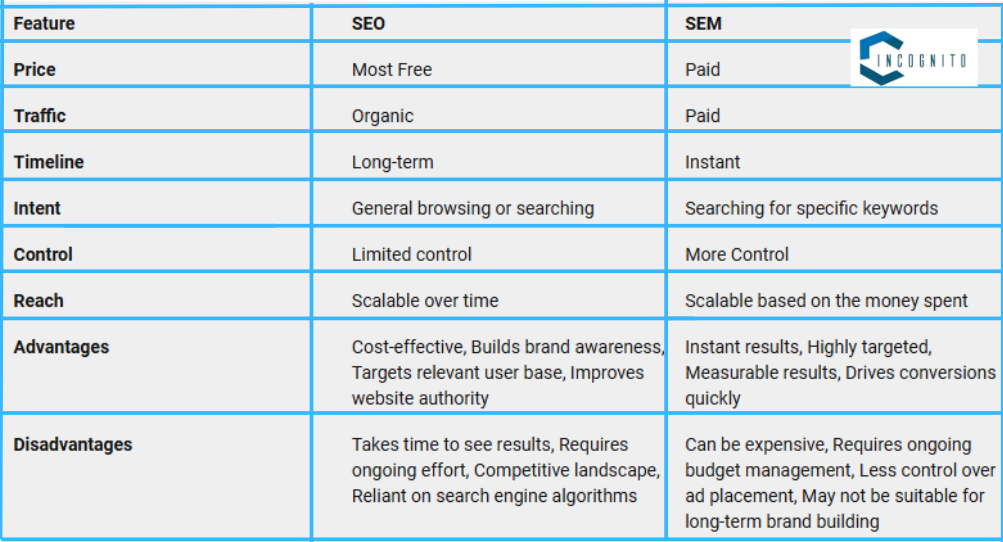
SEO or SEM: Advantages and Disadvantages
Making the Best Choice for Your Business
How you should proceed with your flower shop or business depends on what you aim to achieve and what you’re willing to spend. Here’s a guide to assist you:
- Aiming for lengthy brand development and organic growth? SEO is the answer! This method is cost-effective for setting up your online visibility, attracting interested customers, and increasing brand recognition gradually.
- Instant results and a specific audience are what you’re after? SEM is the way to go! This method enables you to make focused ads that tap into potential customers who are actively searching for flowers or specific needs online. This drives website traffic and conversions.
- Want the advantages of both? A combined method is worth considering! Employ SEO to build a foundation for organic growth and draw on SEM for focused campaigns to drive instant sales and brand recognition.
Think about these things too:
- Money: SEO may be the way to go if you’re tight on funds. You can add SEM as your business gets bigger for special campaigns.
- Rivals: In a competitive market, it might take both SEO & SEM to make a mark.
- Purpose: Are you more about building your brand over time, or sales right now? This can help you choose between SEO and SEM.
Don’t forget, there’s no catch-all solution. The best way is the one that fits your specific business needs and marketing aim.

SEO or SEM cost
How much does doing both SEO or SEM cost?
So, you’ve learned about SEO and SEM benefits, and you’re curious about their costs, right? Let’s dive into SEO and SEM expenses.
SEO Costs:
A big plus of SEO is that it’s initially free (although your time expense is always a factor). Still, for notable gains, most firms invest in ongoing updates and focused work. Here’s an estimate of potential expenditures:
- DIY SEO: Feel confident to learn it? There’s a number of free SEO tools and resources online. Just remember, there’s a learning time constraint and results aren’t instant.
- Freelance SEO Experts: For a tailored touch, you can hire SEO freelancers. They usually charge between $49 and $62 per hour according to expertise and location.
- SEO Agencies: Offering extensive services like keyword analysis, content making, and building links, agencies often ask for retainers from $500 to $5,000 monthly based on project scope and the agency’s reputation.
SEM Costs:
SEM operates on a pay-as-you-go basis, and your expenses are determined by your desired advertising investment. Here’s an estimation:
- SEM Budget: For companies of small to medium scale, an average SEM budget might vary from $3000 to $10,000 monthly. This includes the charges for developing and overseeing your ad campaigns, plus the genuine ad expenditure.
Let’s look at things that might change your SEM costs.
- First, your industry: if it’s something like flowers where there’s lots of competition, you might pay more for each click (CPC). This bumps up the cost of your ads.
- Next, keywords: specific keywords cost different amounts. More competition means higher CPC, so sometimes unusual keywords can be cheaper.
- Another thing to consider is the ad platform. Costs can vary between Google Ads, Bing Ads, or ads on social media.
- Last but not least, click-through rate (CTR): the more people click on your ad once they’ve seen it, the less you pay. Make your ads engaging and relevant to get a better CTR!

SEM or SEO
When you should do both SEO and SEM.
Remember your lovely flower shop? SEO or SEM are good by themselves, but together they’re even better! Here’s why:
- When you’re introducing new products or services, SEO gradually increases your online presence, while SEM quickly grabs attention with tailored ads.
- For holiday sales or promotions, SEO keeps your brand in people’s minds, while SEM helps you launch targeted campaigns for events like Valentine’s Day to boost sales.
- When you’re aiming to grow your brand and increase sales, SEO makes you a trusted name, while SEM makes sure you’re seen by many potential buyers on the internet.
- Targeting a special group of buyers? SEO optimizes your website with the right keywords, while SEM enables focused ad targeting on sites like LinkedIn.
- Determining what works and bettering your plan, data from both SEO and SEM guide you in understanding your approach for improved outcomes.
By mixing SEO & SEM, you form a strong marketing duo for your business. You grow your brand organically and drive immediate sales with focused campaigns.

SERP: SEO and SEM
Will doing both make your pages rank on Google Search?
No, you can’t be sure of topping Google Search. But, combining SEO and SEM increases your odds. Here’s why.
- Increased Visibility: SEO optimizes your website for organic results. SEM, though, puts you in viewers’ line of sight via specific ads. It’s a power duo making you more visible on search engine pages.
- Brand Authority: A strong SEO plan builds your credibility with search engines. Seeing your website organically ranked with your ads, users trust your brand even more.
- Target Traffic: SEO attracts those curious about your business topic. SEM zeroes in on users exactly searching your services, drawing high-quality traffic to your site.
- Data-Friendly Strategy: SEO and SEM offer precious data and insights. SEO data clues you in on what appeals to organic searchers. Apply this knowledge to your SEM ad campaign and aim. In the same way, SEM data reveals user habits and search intents, helping you fine-tune site content for better organic ranking.
Simply put, SEO and SEM team up for complete marketing plans. SEO builds a foundation for lasting organic growth, while SEM delivers a focused reach to attract people actively seeking what you offer.
Here’s the takeaway of it: SEO and SEM, individually, don’t promise top Google Search ranks, but together, they pack a punch. They can notably boost your site’s traffic, draw in high-quality visitors, and in the end, help you nail your business targets.

Specialist or an agency for SEO and SEM
How does Google search work in regards to SEO and SEM?
You want to use SEO or SEM to improve the traffic on your site, right? So, let’s understand how Google Search really links with these methods.
The Google Search Engine is like a big library filled with bunches of books (websites) stopping at no topic. Acting as a skilled librarian, Google Search works non-stop, arranging, and linking users with important information. Here’s the process:
- Through “crawlers” Google constantly surfs the web, doing two tasks: finding new web pages and tracking connections between them. These crawlers then file the found pages into a huge index. Just like cataloging a library!
- The moment a user starts a search, Google’s complicated algorithms start checking the indexed web pages to figure the most relevant for that query. It gets this done through considering several factors like:
- Webpage’s content: The quality, relevancy and freshness – this is where SEO comes into play! (The most important thing about content is ‘trust’)
- User experience: Sites that provide smooth and friendly experiences get Google’s nod, talk about quick loading speeds and adaptability with mobile devices.
- Backlinks: Links from noteworthy sites to your own, influence Google’s view of your site’s worth and credibility. Building these links is a important part of SEO.
Should you look for a specialist or an agency for SEO or SEM?
Ready to reach out to an SEO or SEM specialist for your business, if you don’t wanna DIY? You’re probably wondering who to team up with. Let’s make it easier:
- Solo SEO or SEM Specialist: They have a personal approach, normally not too costly. They’ll oversee your campaigns, but may lack the resources of a big agency.
- SEO or SEM Agency: These guys offer a wide range of expertise, from creating content to developing websites and social media marketing. Great for complete campaigns, but watch out, they usually charge a lot more.
Here’s a simplified way to make a choice.
- Running a small business or have limited funds? A solo specialist can help with specific SEO/SEM tasks.
- Want a complete marketing plan? An agency can offer you more services.
- Appreciate deep discussions? A specialist can give you more personal care.
- Seeking diverse knowledge? An agency can use a team of experts.

Which is better SEO or SEM for you in ‘24?
Conclusion: Which is better SEO or SEM for you in ‘24?
No clear victor comes forth between SEO or SEM! These two digital marketing tools each pose strengths depending on your unique needs and abilities.
Here’s the main point for 2024: Use both for success! SEO creates a strong basis for lasting organic growth, draws long-term customers, and increases brand familiarity. SEM serves as a direct and focused kickstart, attracting those actively searching for your specific offerings. Combined, SEO and SEM offer a strong strategy to rule search engine results and reach your 2024 aims and beyond.
By knowing the unique strong points of SEO and SEM, you can make a wise choice and design a complete digital marketing plan to drive your business forward!
Until next time, fellow digital marketers, Ciao!✌️
